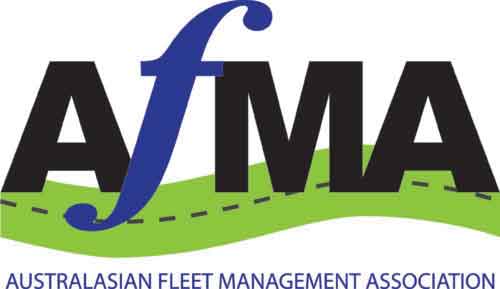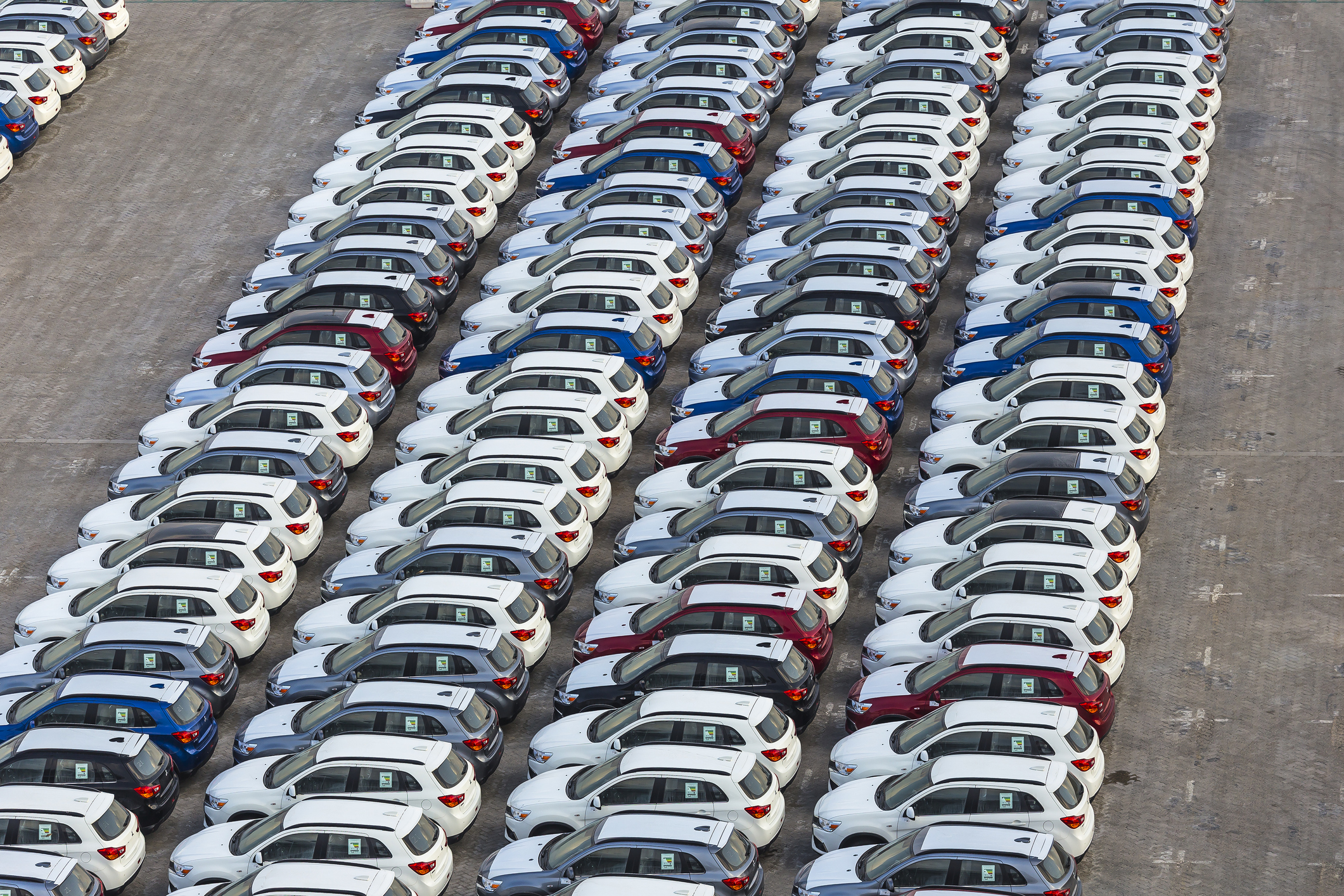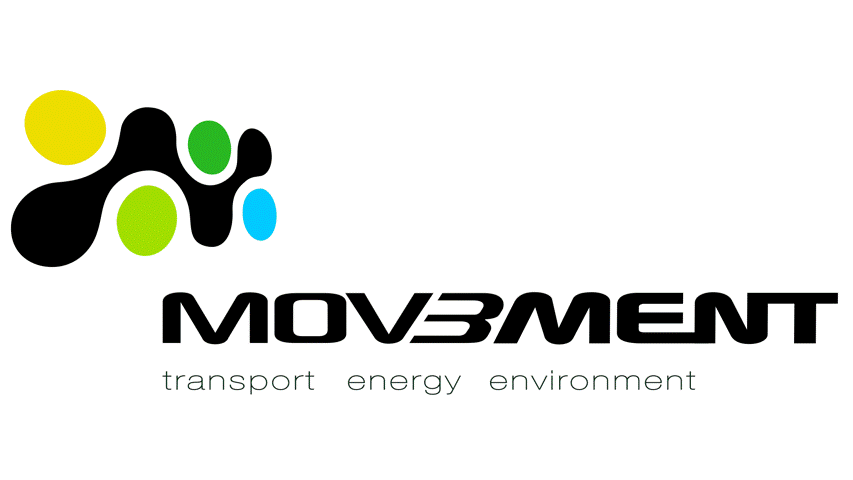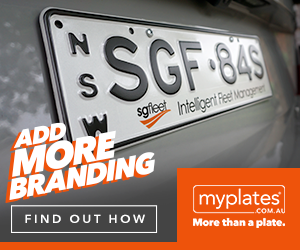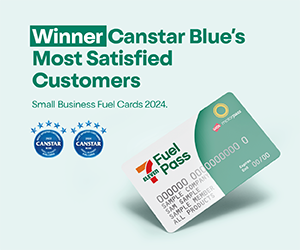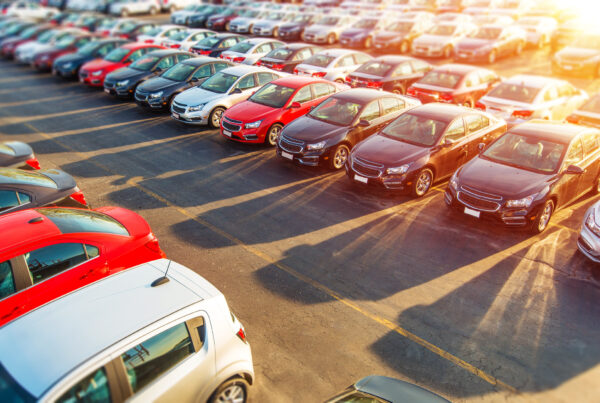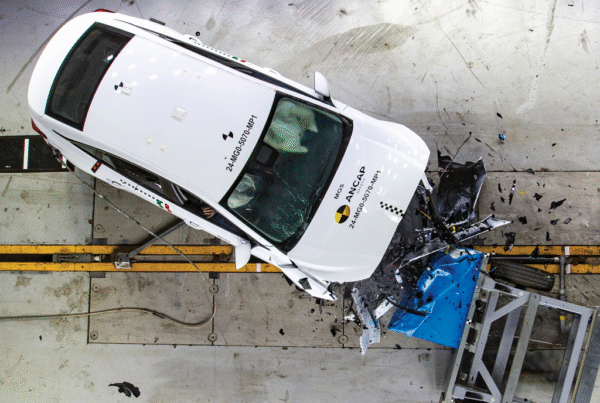Australia’s new vehicle market remained strong in May 2025, with 105,285 vehicles delivered nationally, according to the latest data from the Federal Chamber of Automotive Industries (FCAI).
While the total marks a 5.2 per cent drop compared to May 2024, FCAI Chief Executive Tony Weber said the market continues to show strength.
“While down 5.2 per cent compared to the same month in 2024, the results reflect a market that remains resilient and competitive by historic standards,” Mr Weber said.
“The fundamentals of the market remain robust, with strong competition and consumer interest across a range of vehicle types.”
SUVs Continue to Lead Buyer Preferences
SUVs continued to dominate, accounting for 60.4 per cent of all new vehicle sales in the year to May (up from 55.8 per cent in 2024).
The Sports Utility segment was one of the few to record growth, increasing by 6.6 per cent compared to May last year, even as other categories such as passenger cars and commercial vehicles experienced declines.
Toyota Maintains Market Leadership
Toyota remained Australia’s top-selling brand in May with 23,576 vehicles sold, well ahead of its nearest competitor Ford, which recorded 8,464 sales. Mazda followed with 7,845, while Kia and Hyundai sold 6,903 and 6,708 vehicles respectively.
The Toyota HiLux was the best-selling model for the month with 4,952 sales, followed closely by the Ford Ranger (4,761), Toyota RAV4 (4,003), Toyota LandCruiser (3,046) and Toyota Prado (2,732).
Sales Decline Across All States and Territories
Sales varied across the states and territories, with all regions showing declines compared to May 2024.
The Australian Capital Territory recorded 1,413 sales, down 15.5 per cent, while New South Wales dropped 2.9 per cent to 32,177.
Northern Territory sales decreased by 12.8 per cent to 871, Queensland fell 2.6 per cent to 22,924, South Australia was down by 12.1 per cent to 6,596, and Tasmania saw a 14.8 per cent drop to 1,549. Victoria declined 4.7 per cent to 28,671, and Western Australia saw a 10.1 per cent reduction to 11,084.
Passenger Vehicle Segment Sees Sharpest Decline
Across vehicle segments, the passenger vehicle market experienced the steepest decline, falling by 33.3 per cent with 7,086 fewer vehicles sold compared to the same month last year.
The light commercial segment fell by 7.2 per cent, while heavy commercial vehicles dropped by 17.9 per cent. In contrast, SUVs saw an increase of 3,962 vehicles sold, representing a 6.6 per cent growth.
Call for EU Trade Agreement Grows
Coinciding with the release of May’s figures, the FCAI joined the European Australian Business Council and other peak bodies in urging the government to finalise a Free Trade Agreement (FTA) with the European Union.
The proposed agreement could remove the 5 per cent import tariff on European vehicles and eliminate the outdated Luxury Car Tax, potentially making advanced, environmentally friendly vehicles more affordable for Australian consumers.
“Australia’s automotive sector strongly encourages all participants to deliver a trade outcome that is future-focused rather than prolonging outdated and inefficient policy arrangements,” Mr Weber said.
Did you find this article interesting? Click the ‘heart’ button above to give it a ‘like’!
